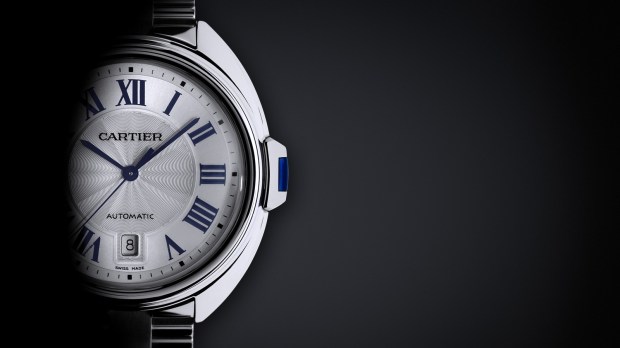Cartier Sparkles Its Way Into WeChat

China’s $103 billion jewelry industry is extremely lucrative and competitive. As such, breaking into the mostly local jeweler market can be quite the tough feat to tackle.
One of the areas where most local jewelers look to in terms of promotion are the 850 million active monthly users on China’s WeChat social media platform. What makes it slightly easier for China area vendors is the fact that they are local which allows for consumers to physically try out the products — a necessary component for shoppers in the country. This makes it extremely difficult for brands outside of China to break through.
One western company that’s hoping its efforts will succeed is high-end jeweler Cartier. Just last year, Cartier unveiled a WeChat storefront which was the first time it made the foray into the eCommerce world on the social media platform. While other western jewelers like Bulgari and Tiffany have utilized flash sale options, Cartier is diving in head first with its offering.
Asia-Pacific research firm L2’s editor, Liz Flora, commented to The Financial Times on the intricacies of brands outside of the country moving into the Chinese consumer market. She said, “Chinese consumers are so digitally native and mobile that it is crucial for brands to get their strategy straight. A lot of old heritage brands from Europe are very careful with their reputations, and they shy away from eCommerce, but you’re looking at a whole different type of market, and brands that don’t have a strategy will fall behind their peers.”
Cartier’s decision to move into the Chinese market via WeChat may help break down the barriers for others to follow suit. Investment company Exane BNP Paribas’ luxury analyst, Luca Solca, shared his thoughts on how Western products can complete the transition into the Chinese market. He said, “Western brands bring in the Western flair, the Western design and the Western magic, but in order to sell it, they need to be present. It’s a matter of waking up and coming to the party. I don’t think there is first-mover advantage. People buy brands, so the moment they are available, they will go to them.”
